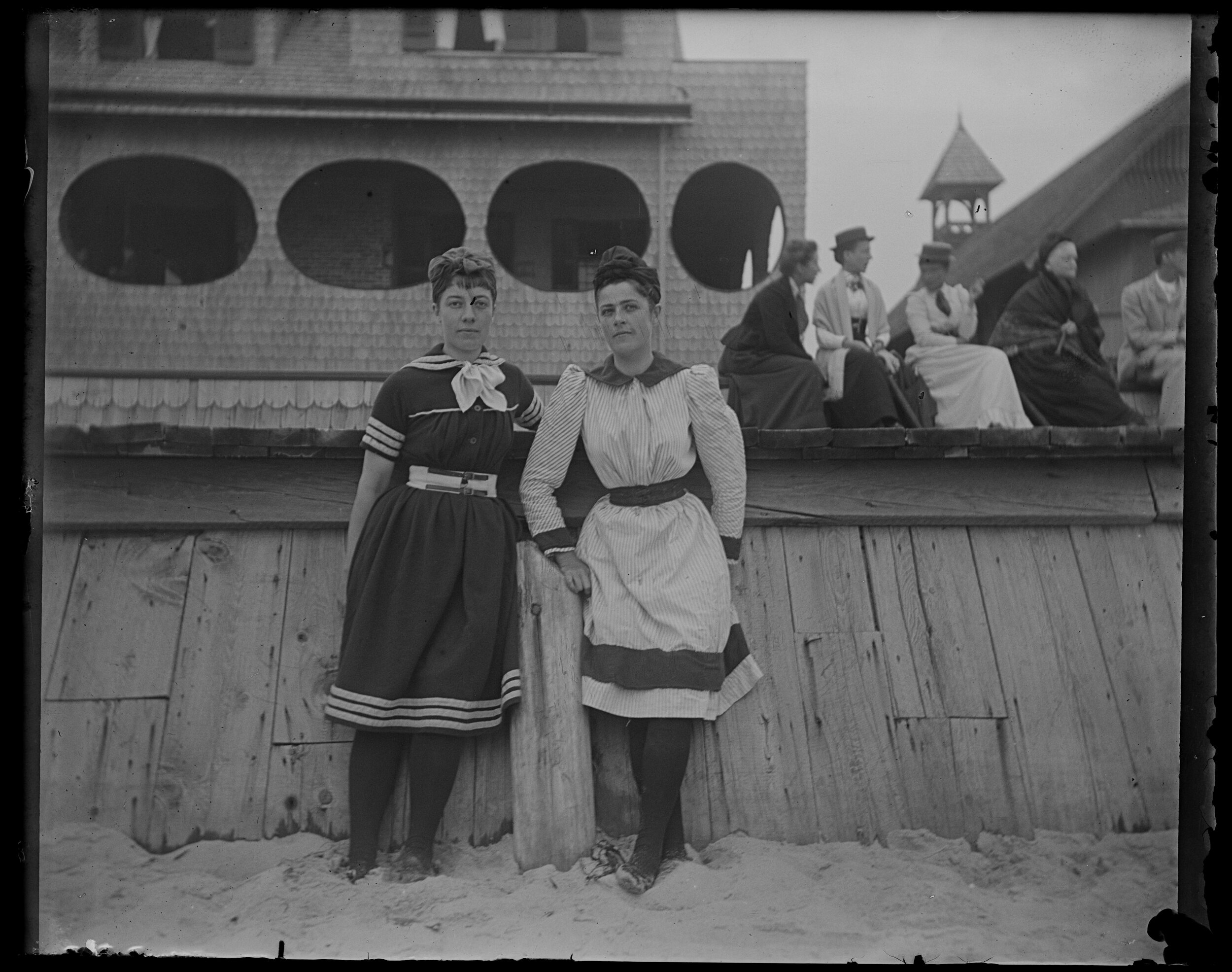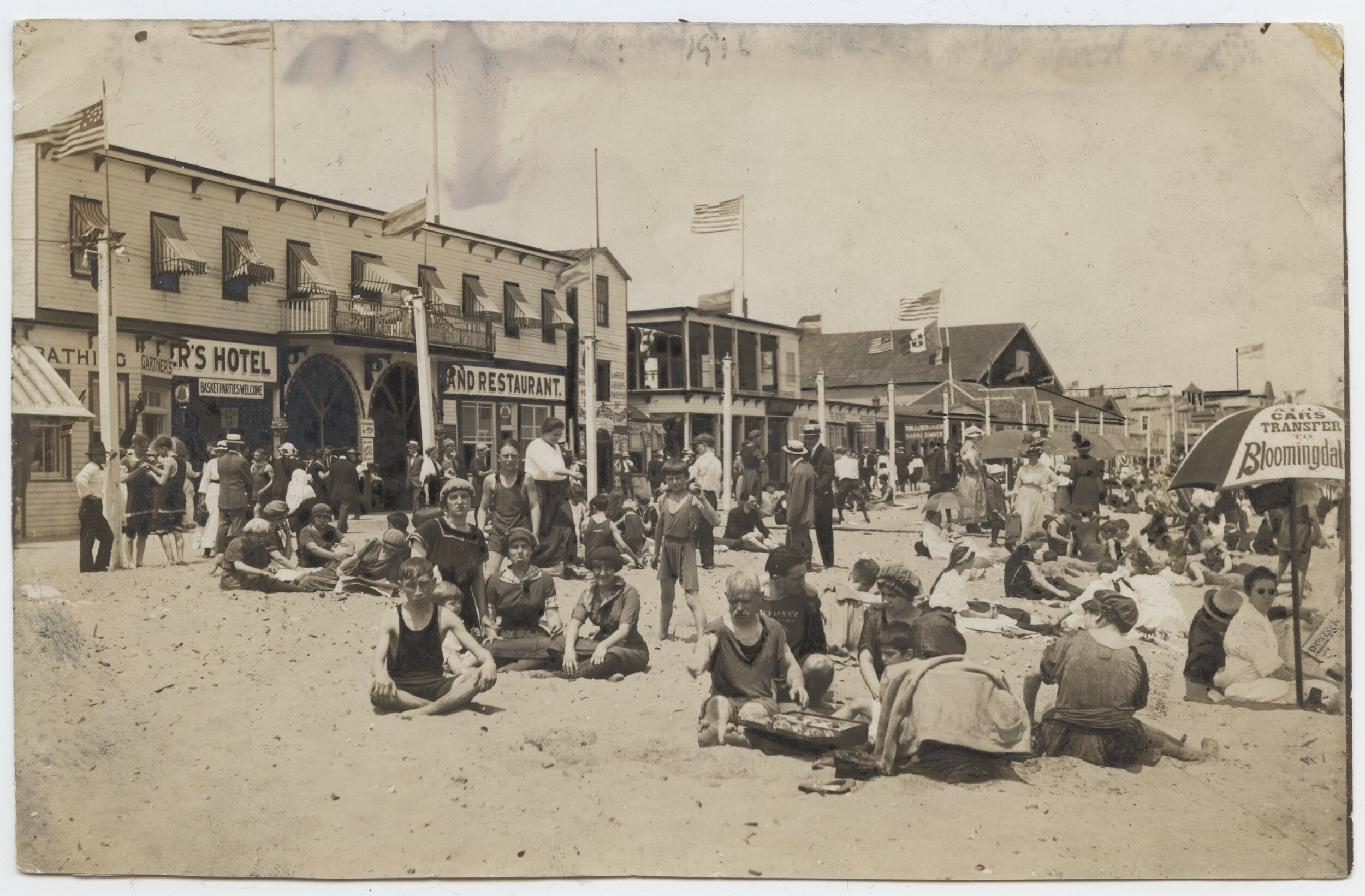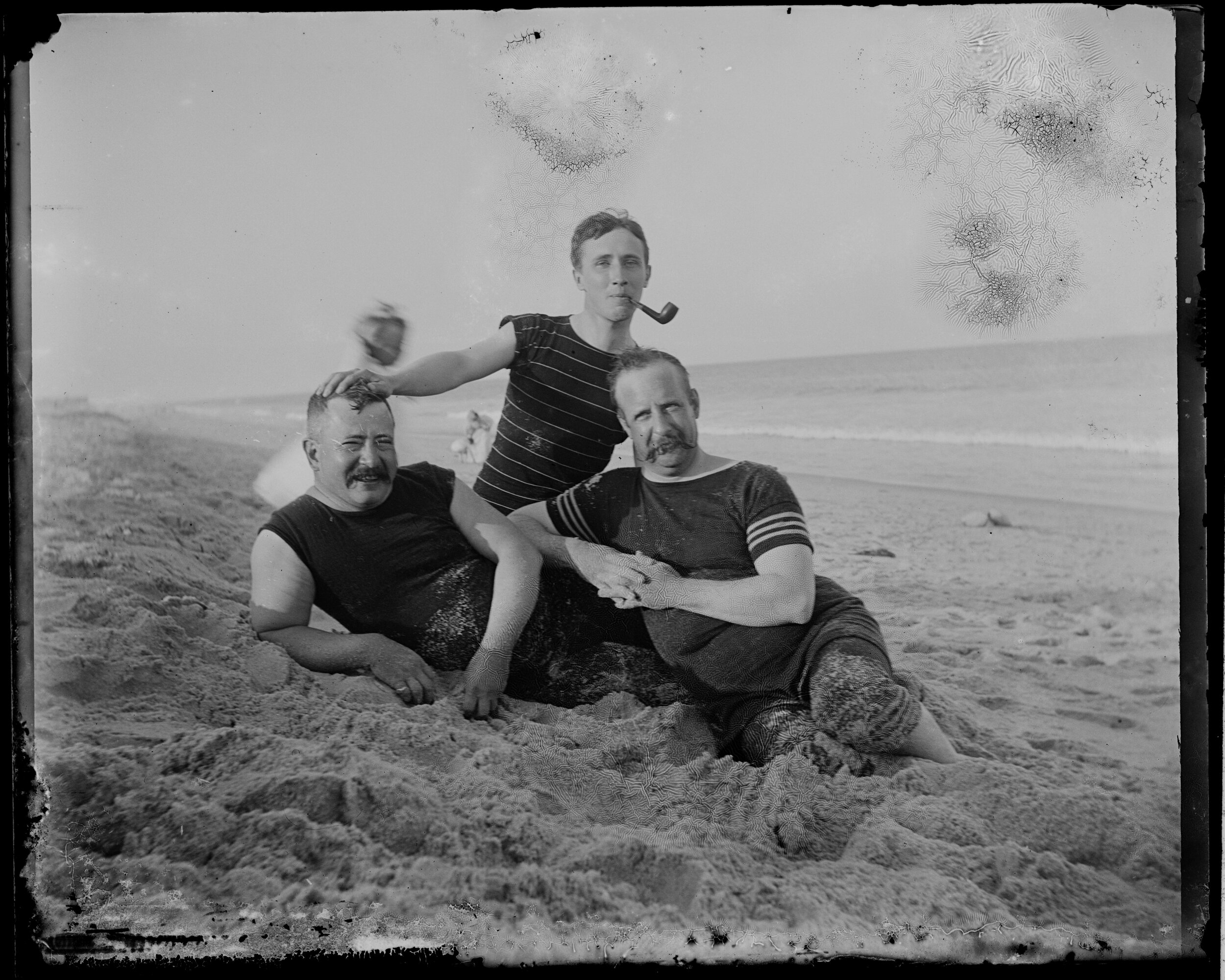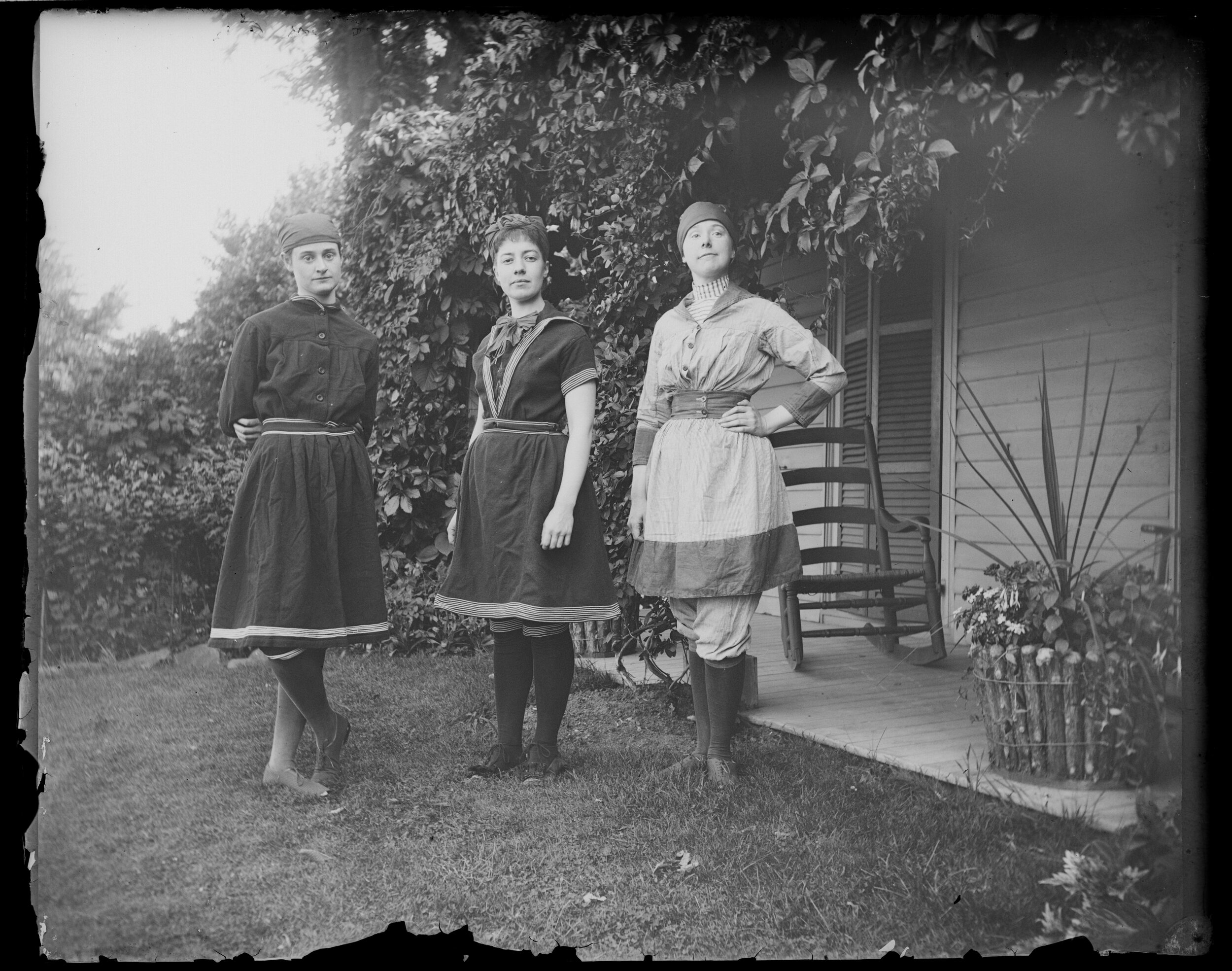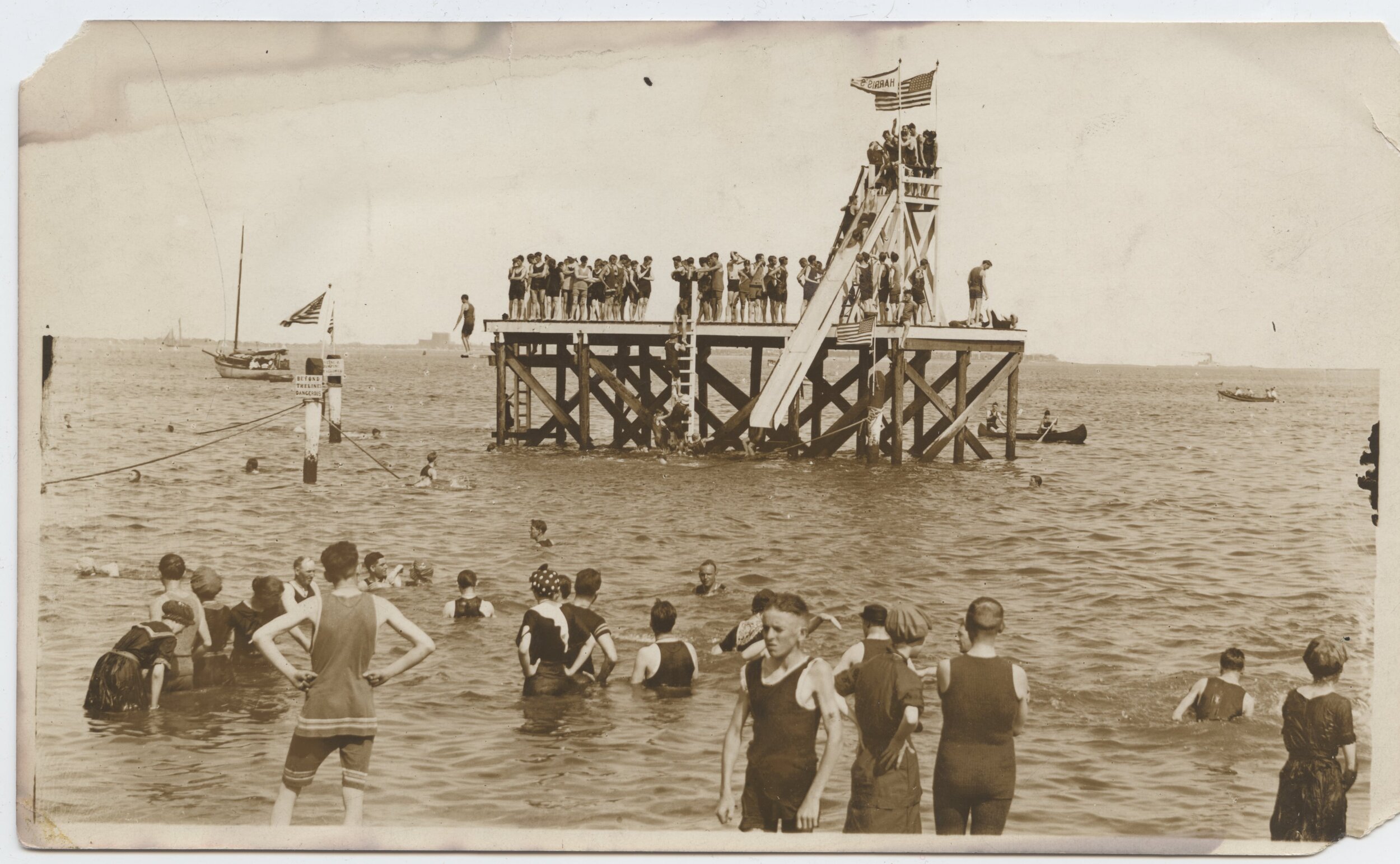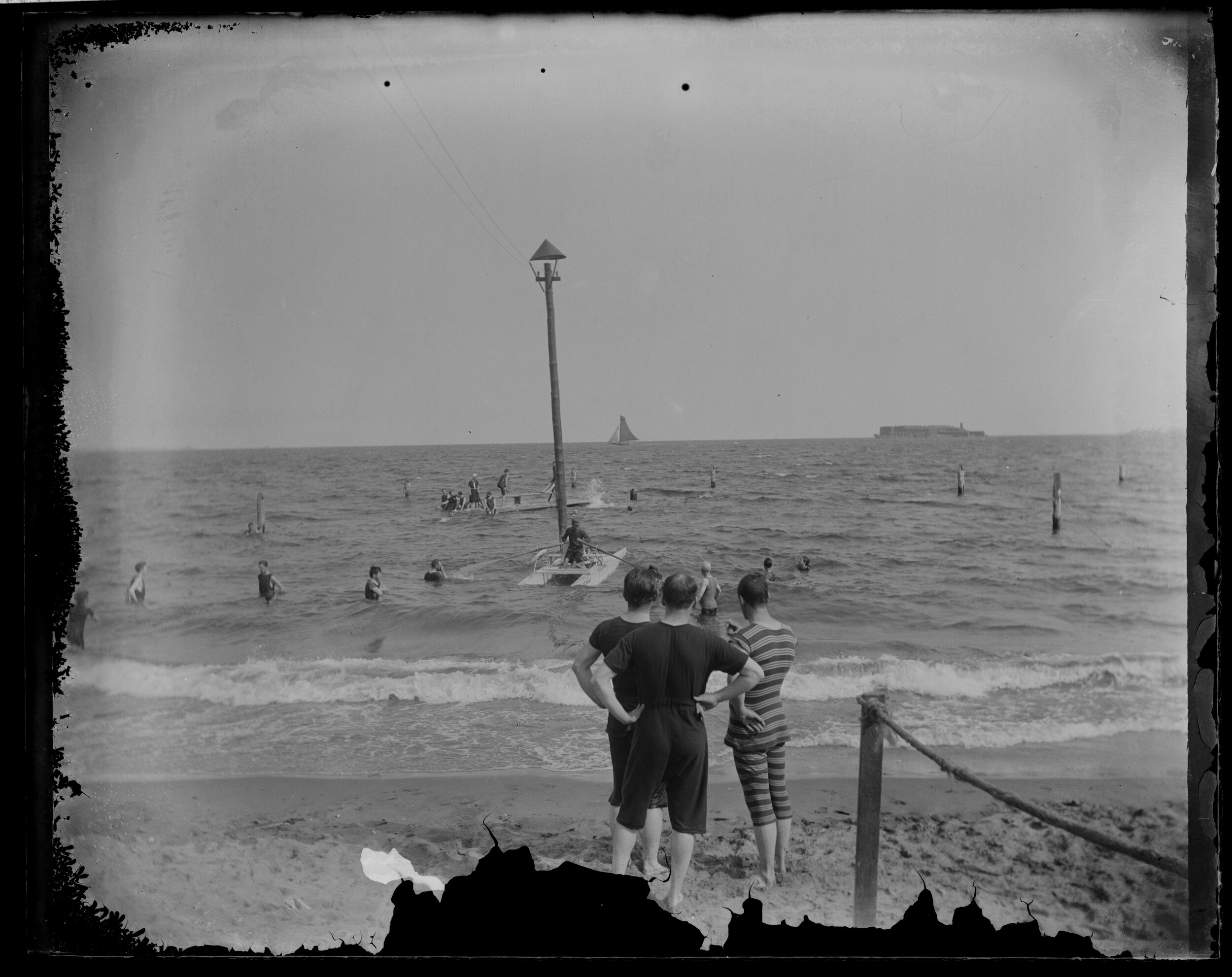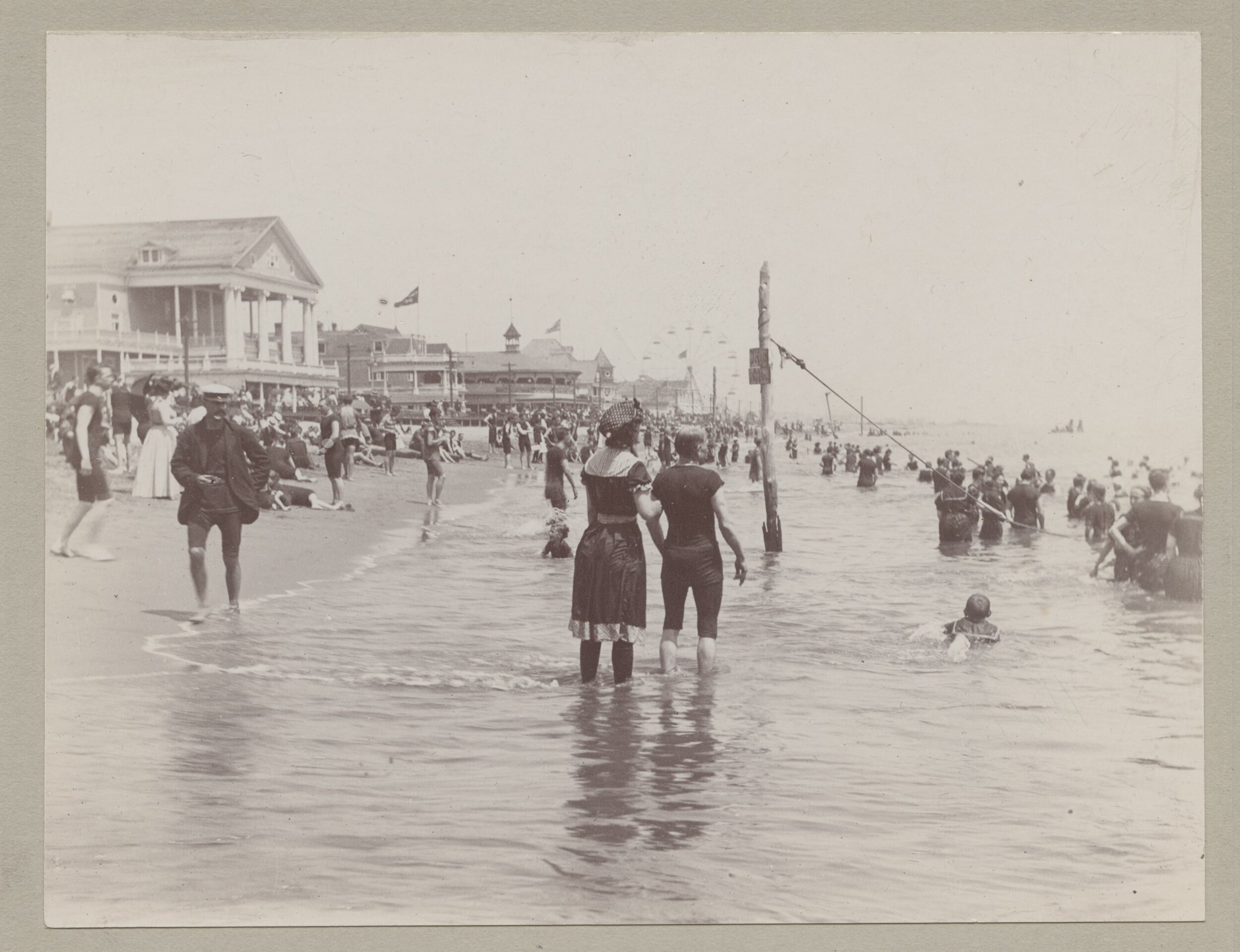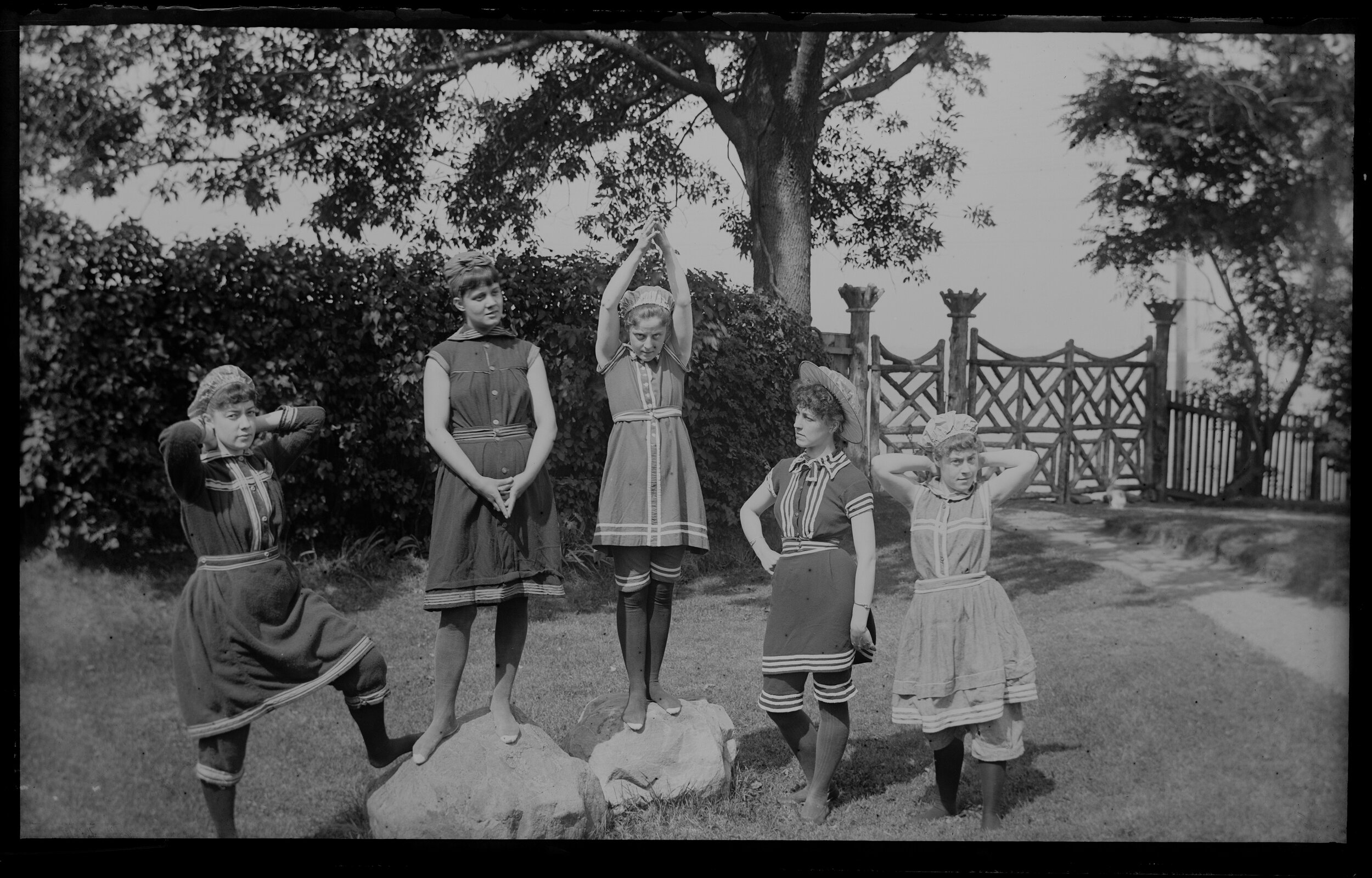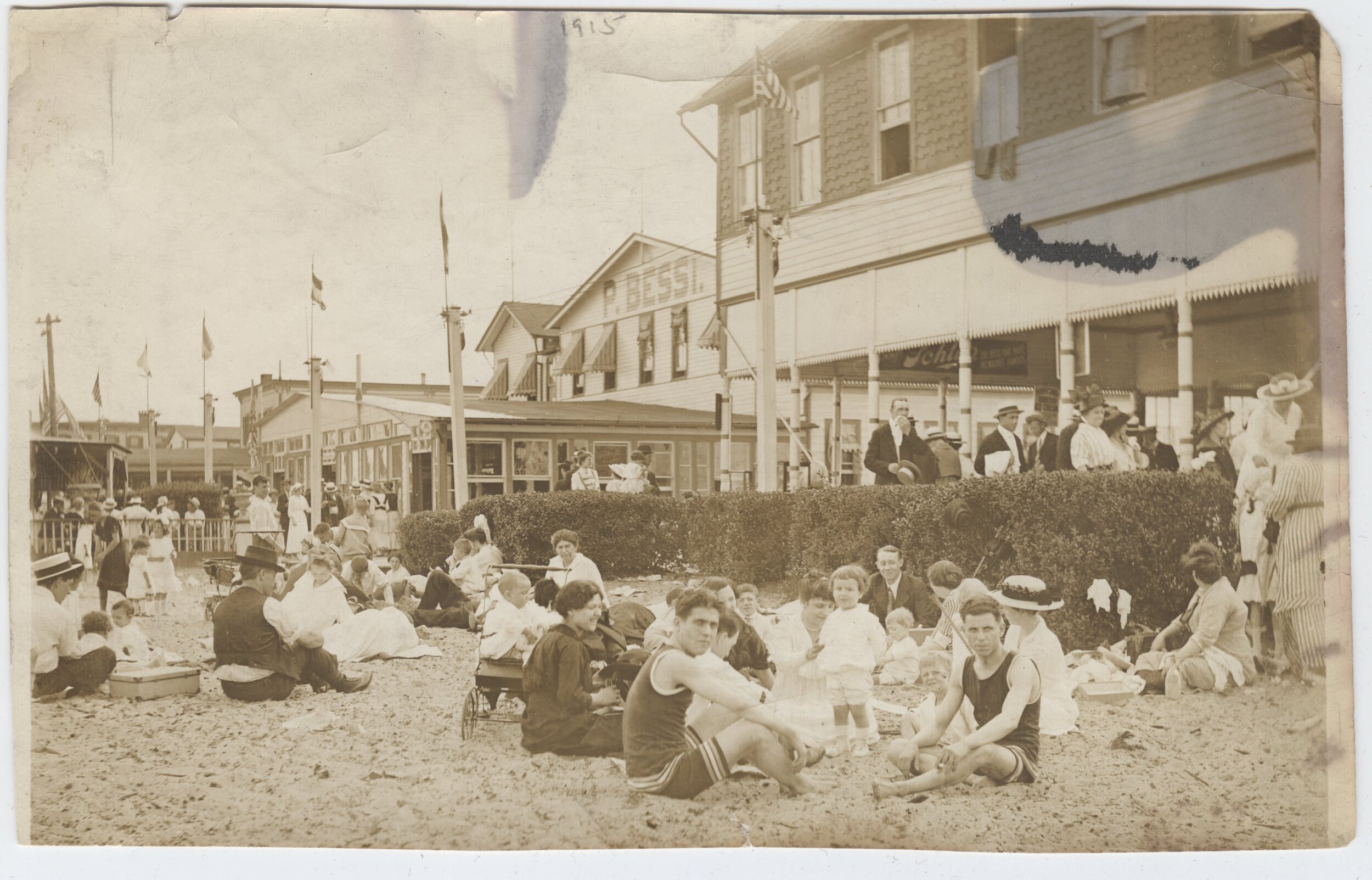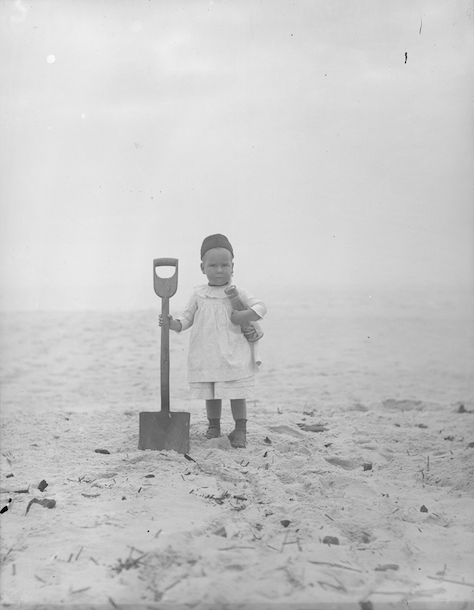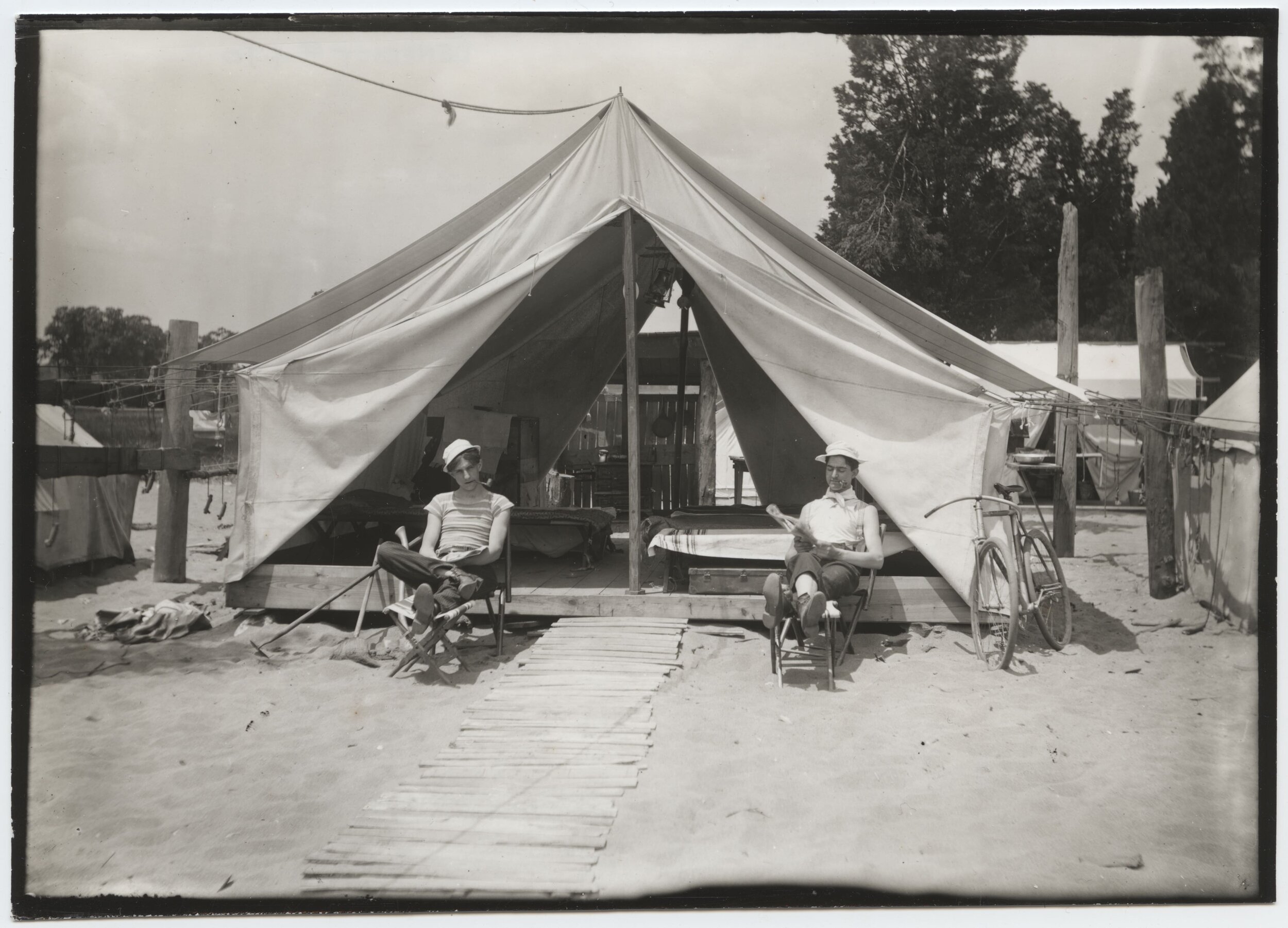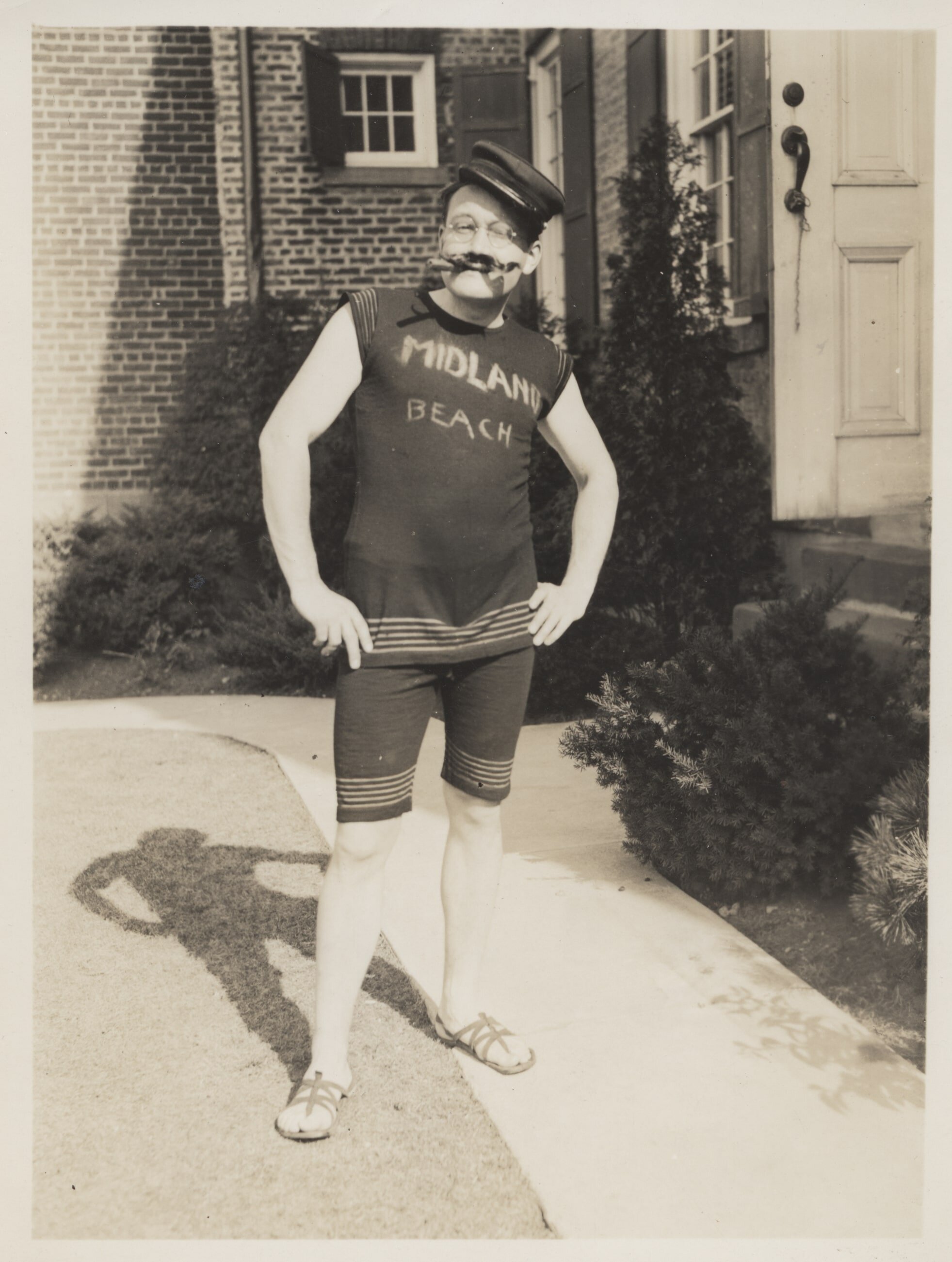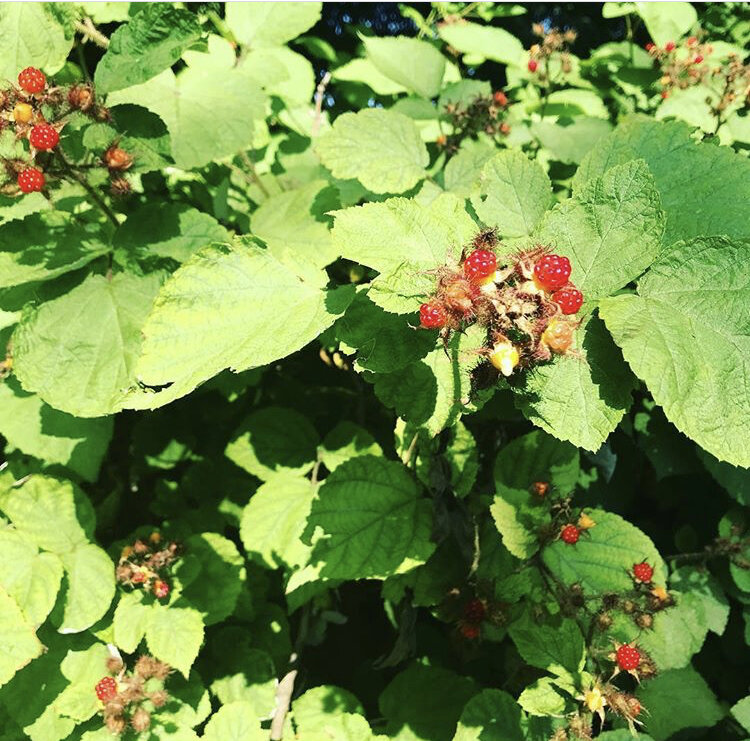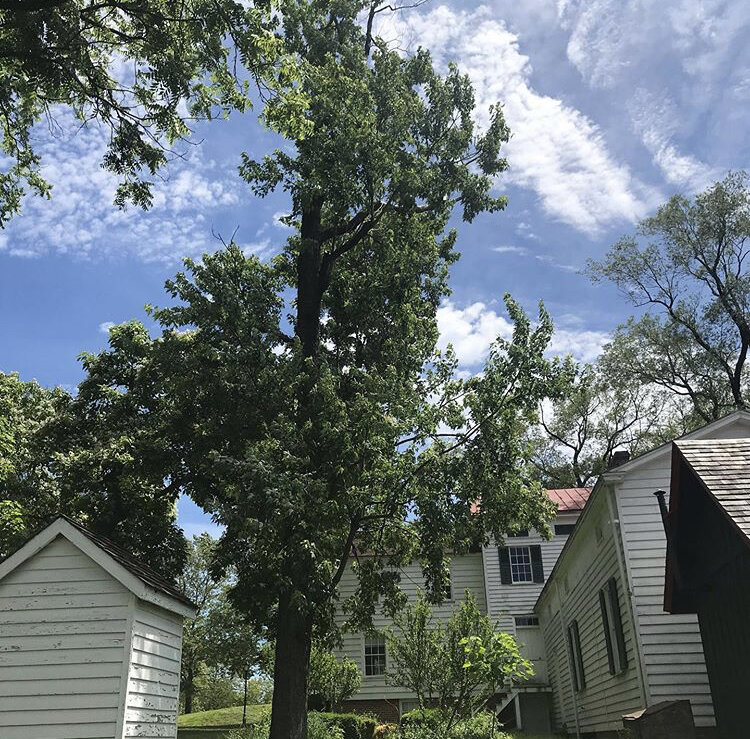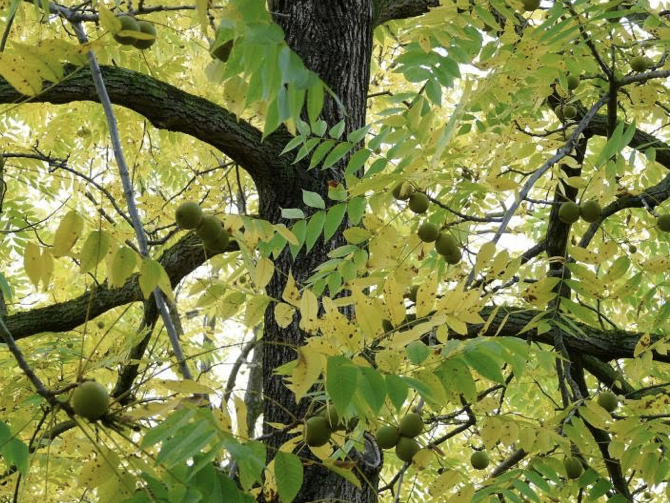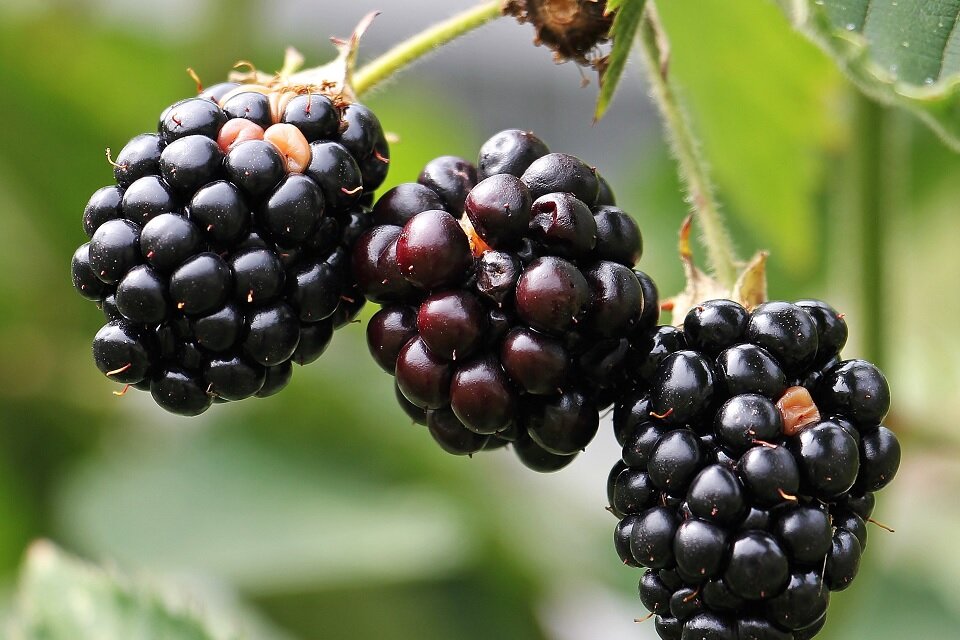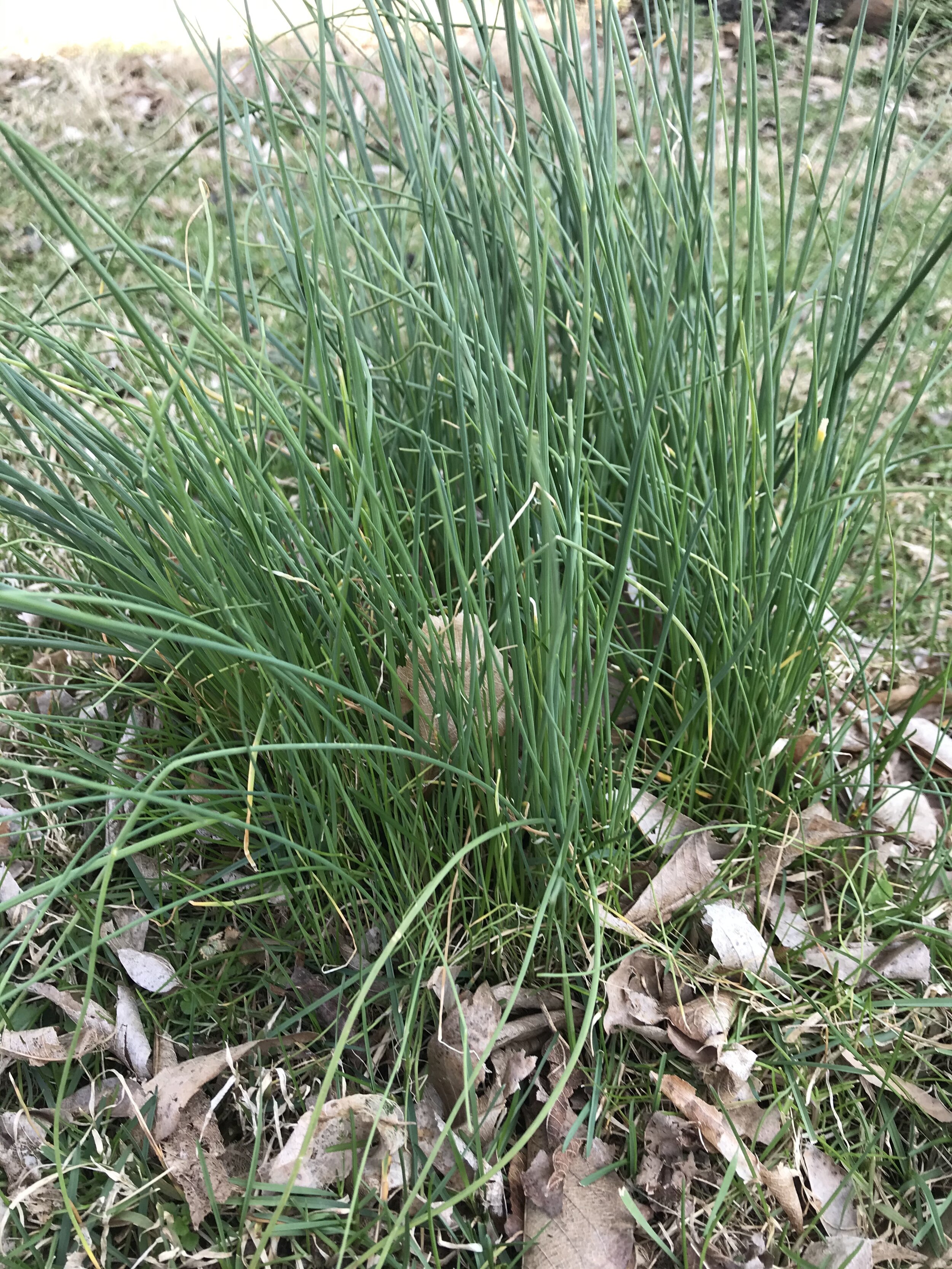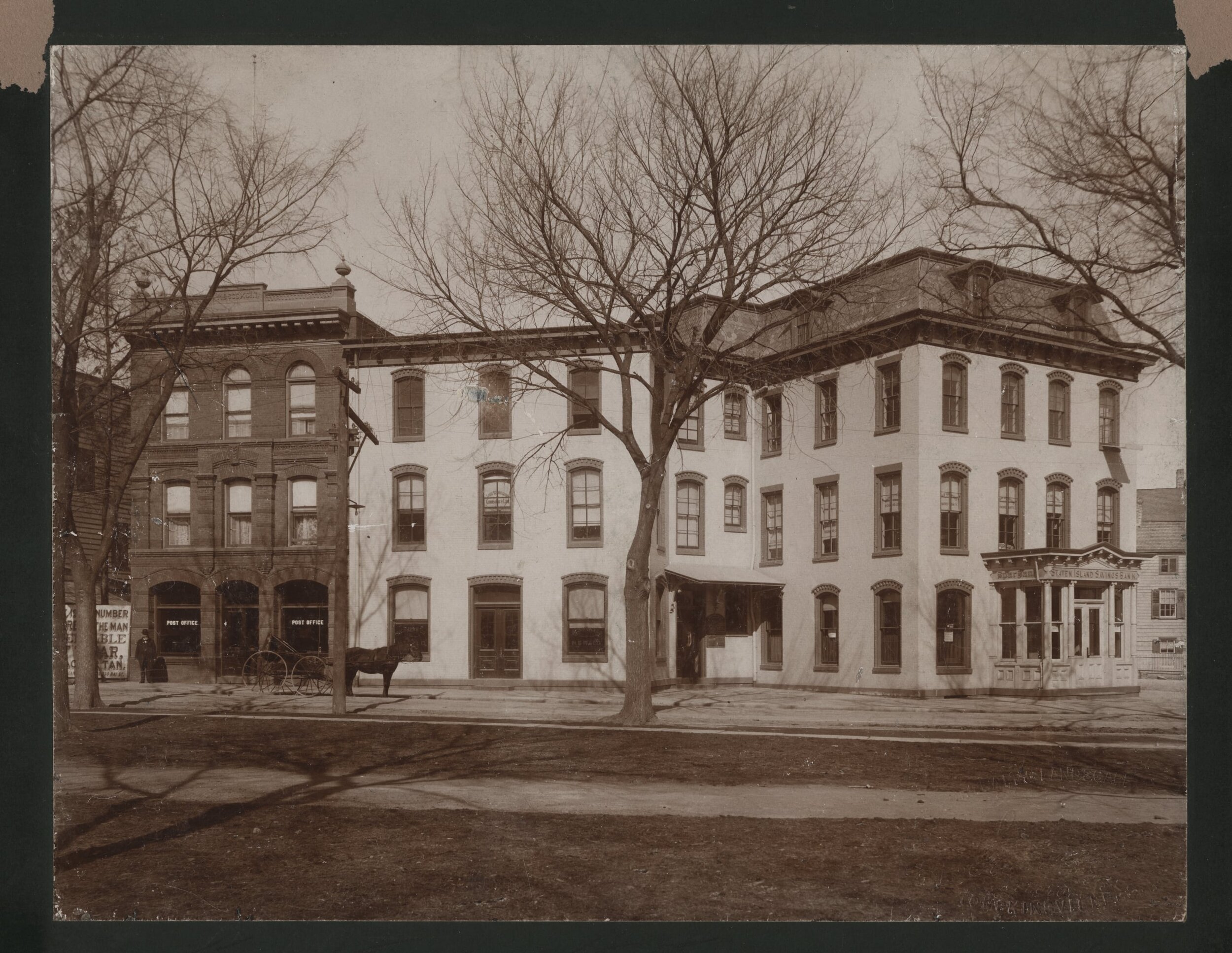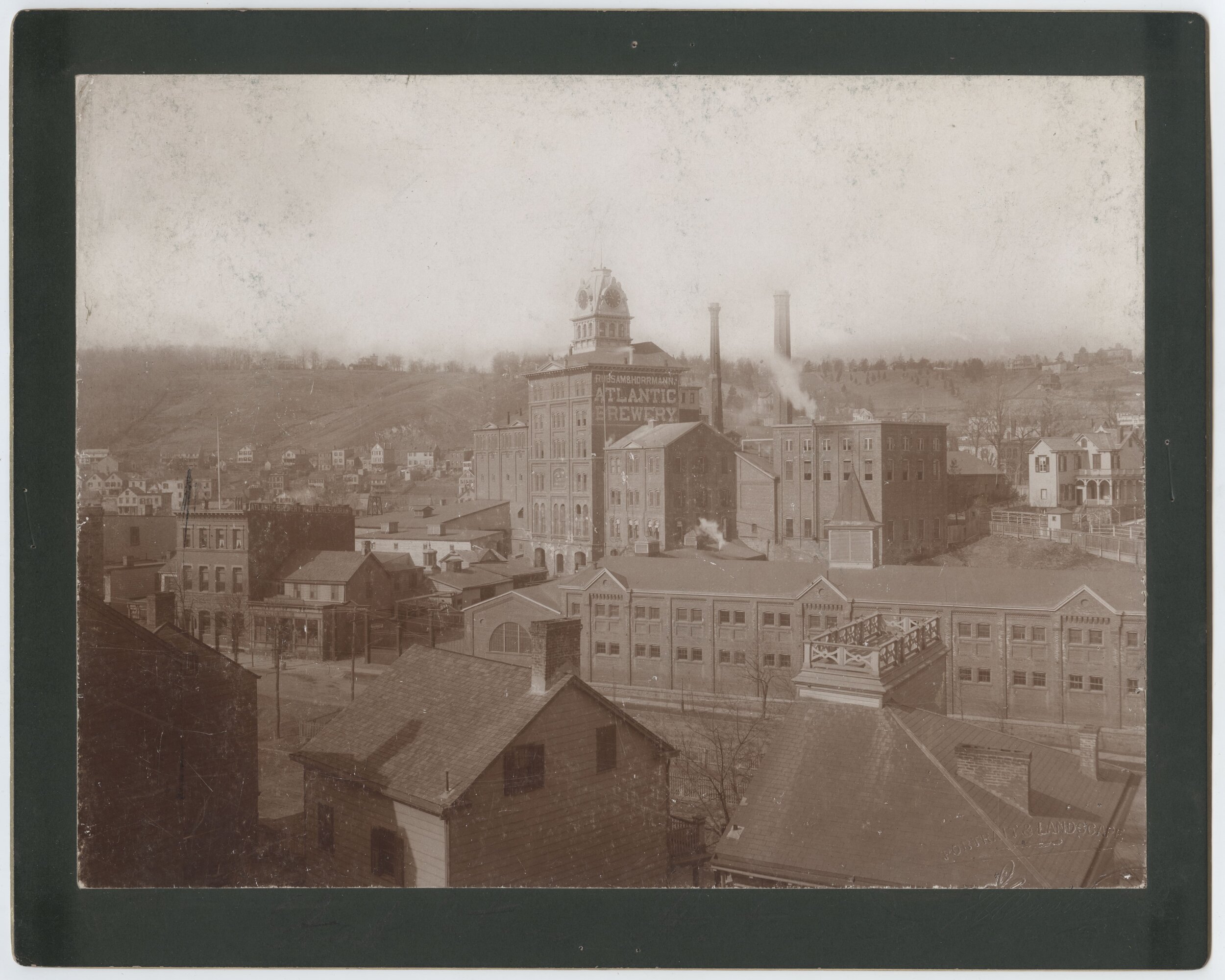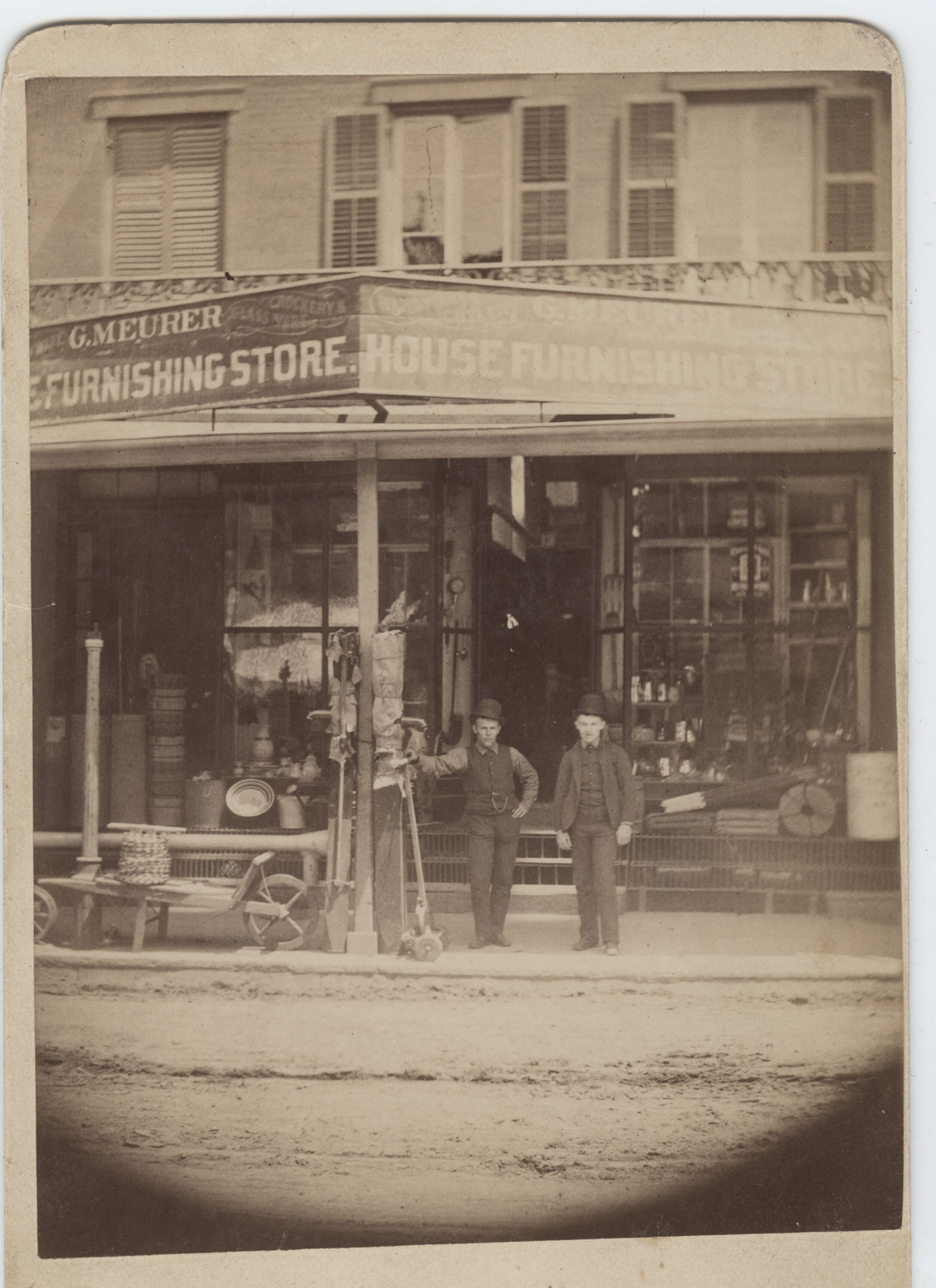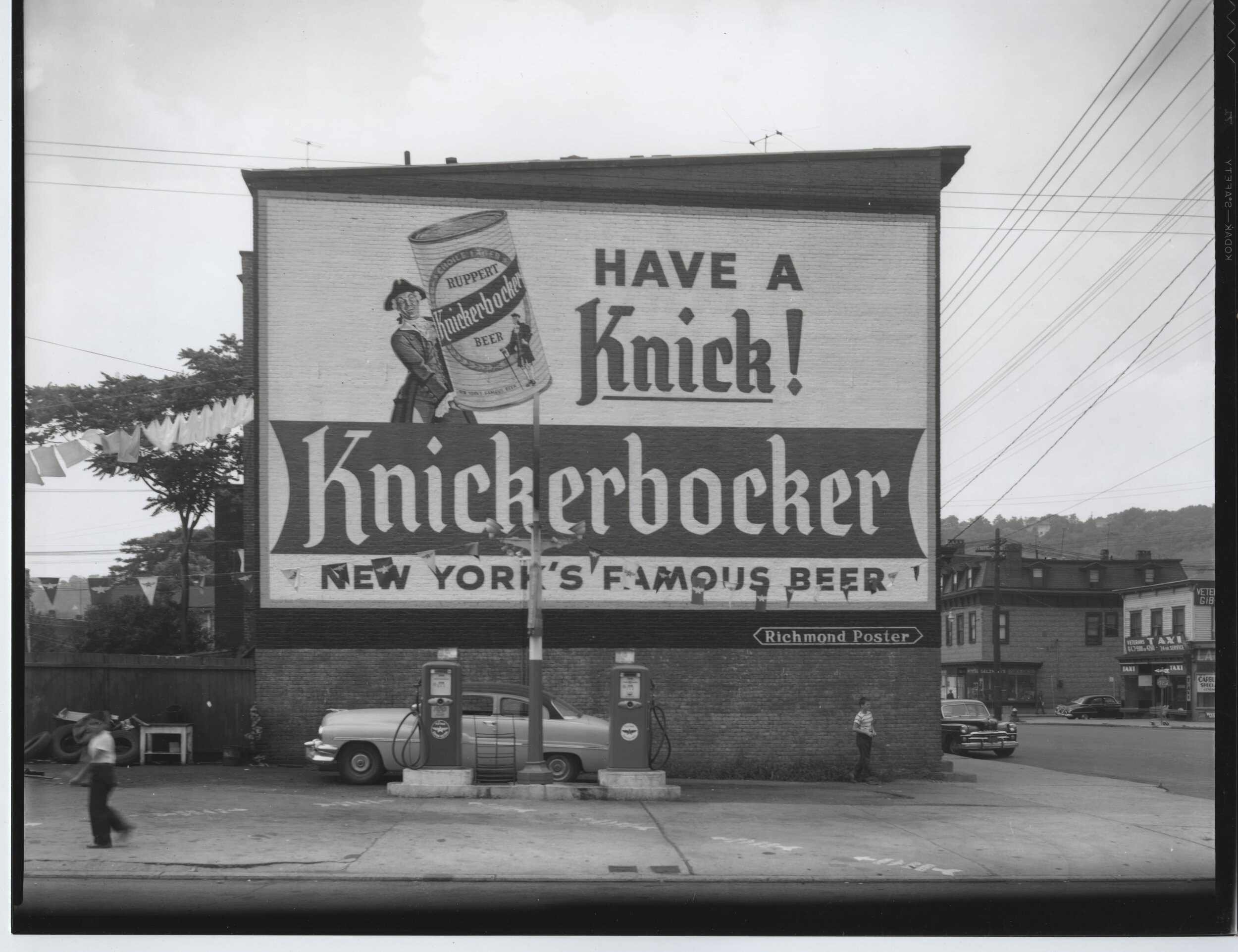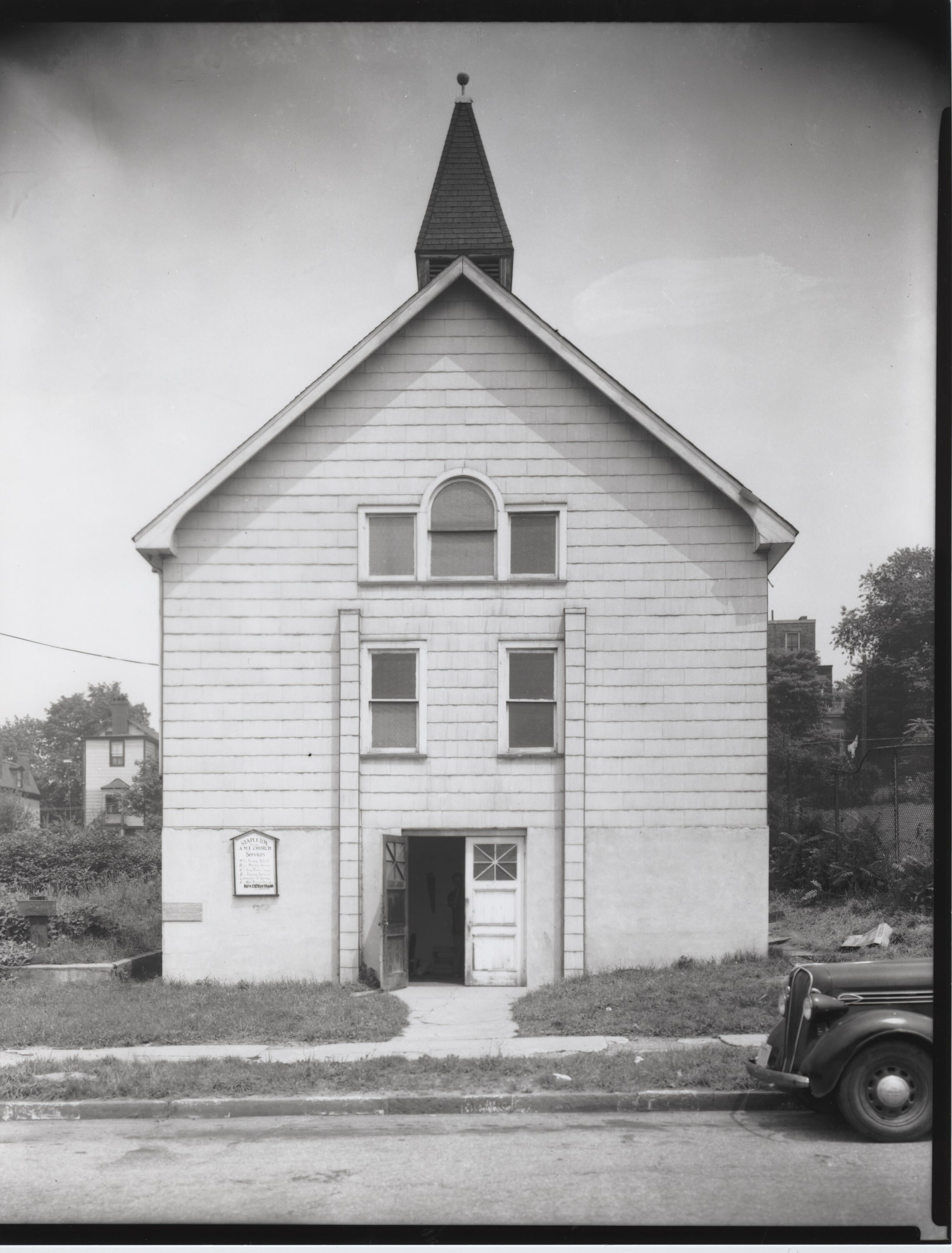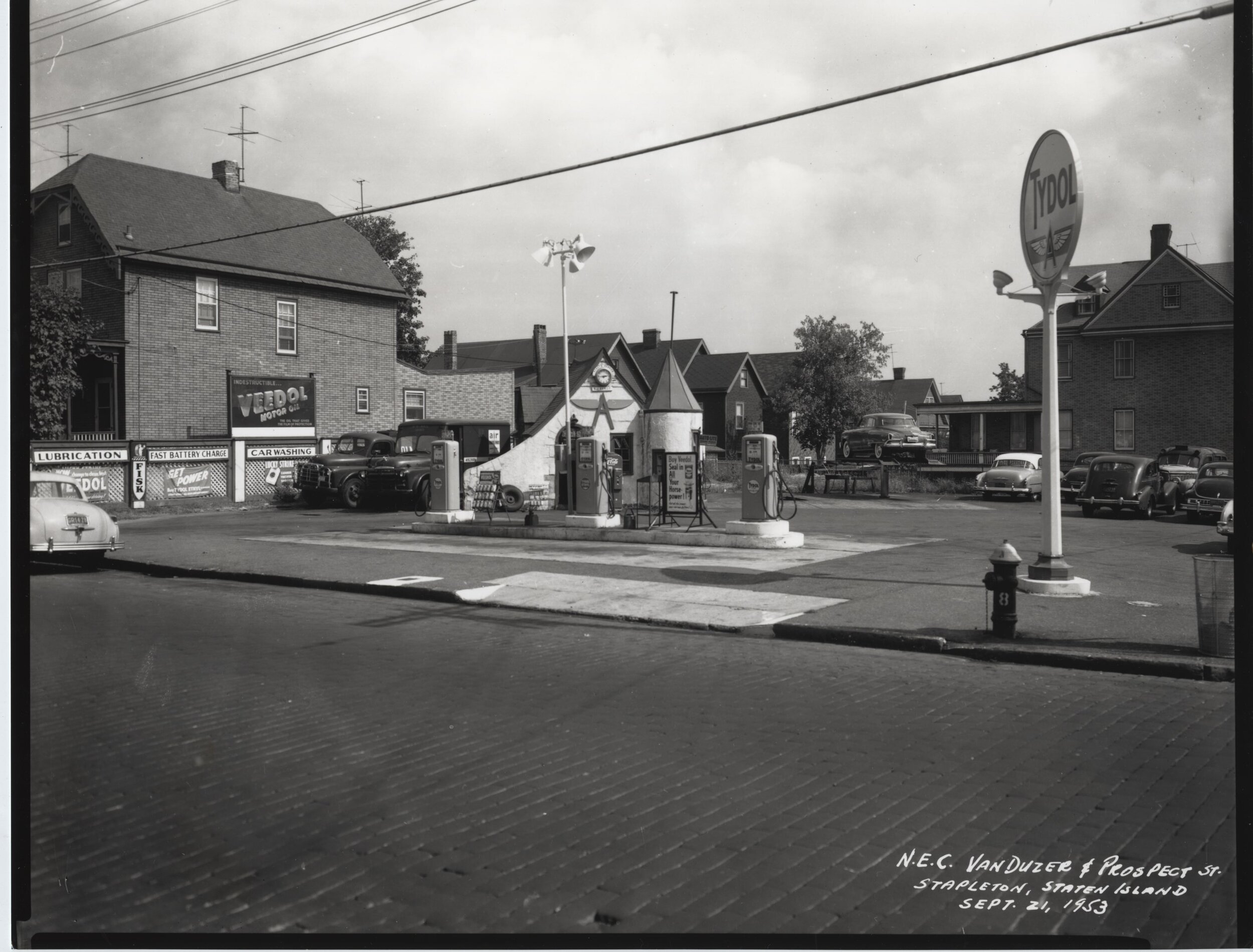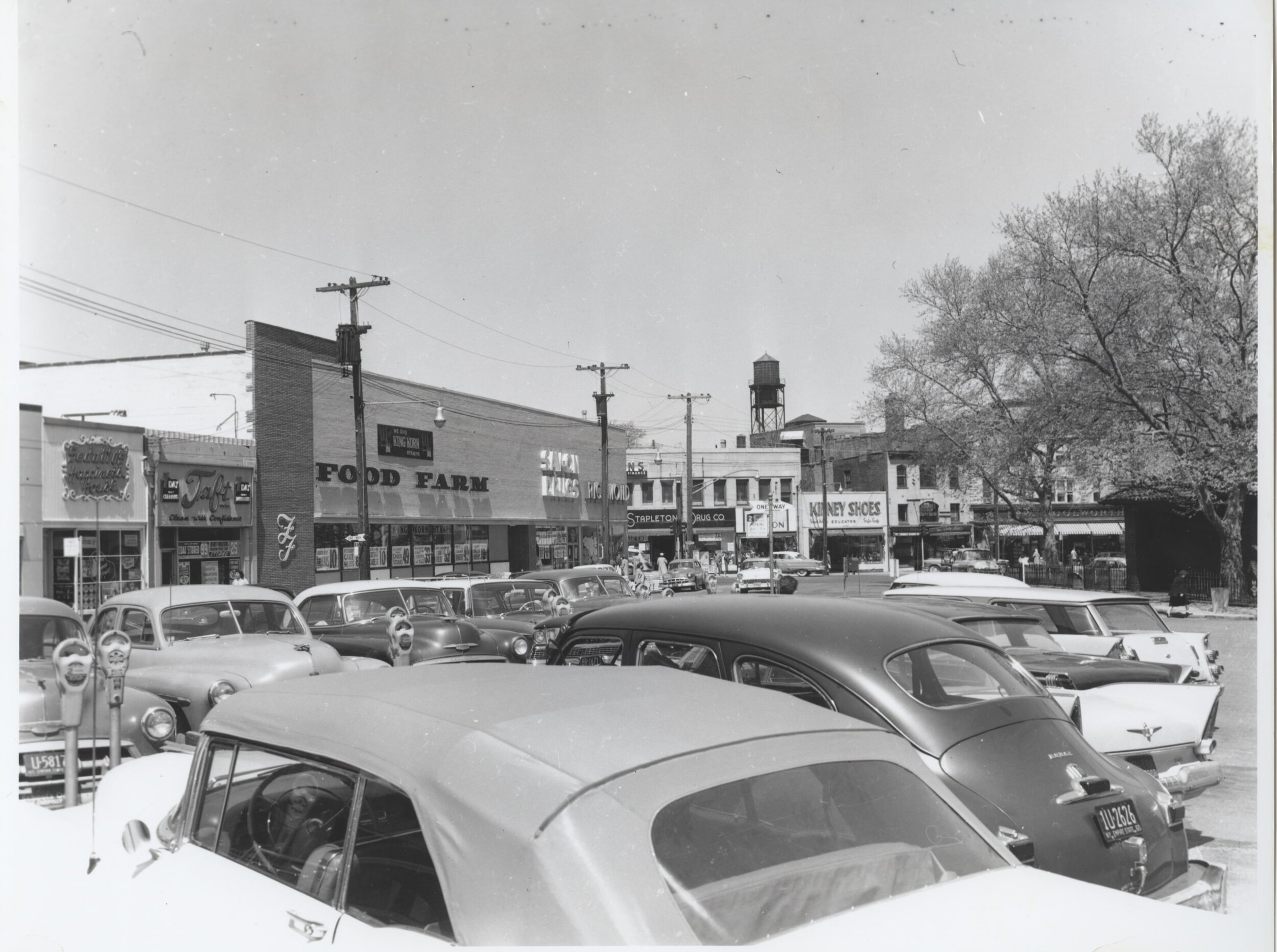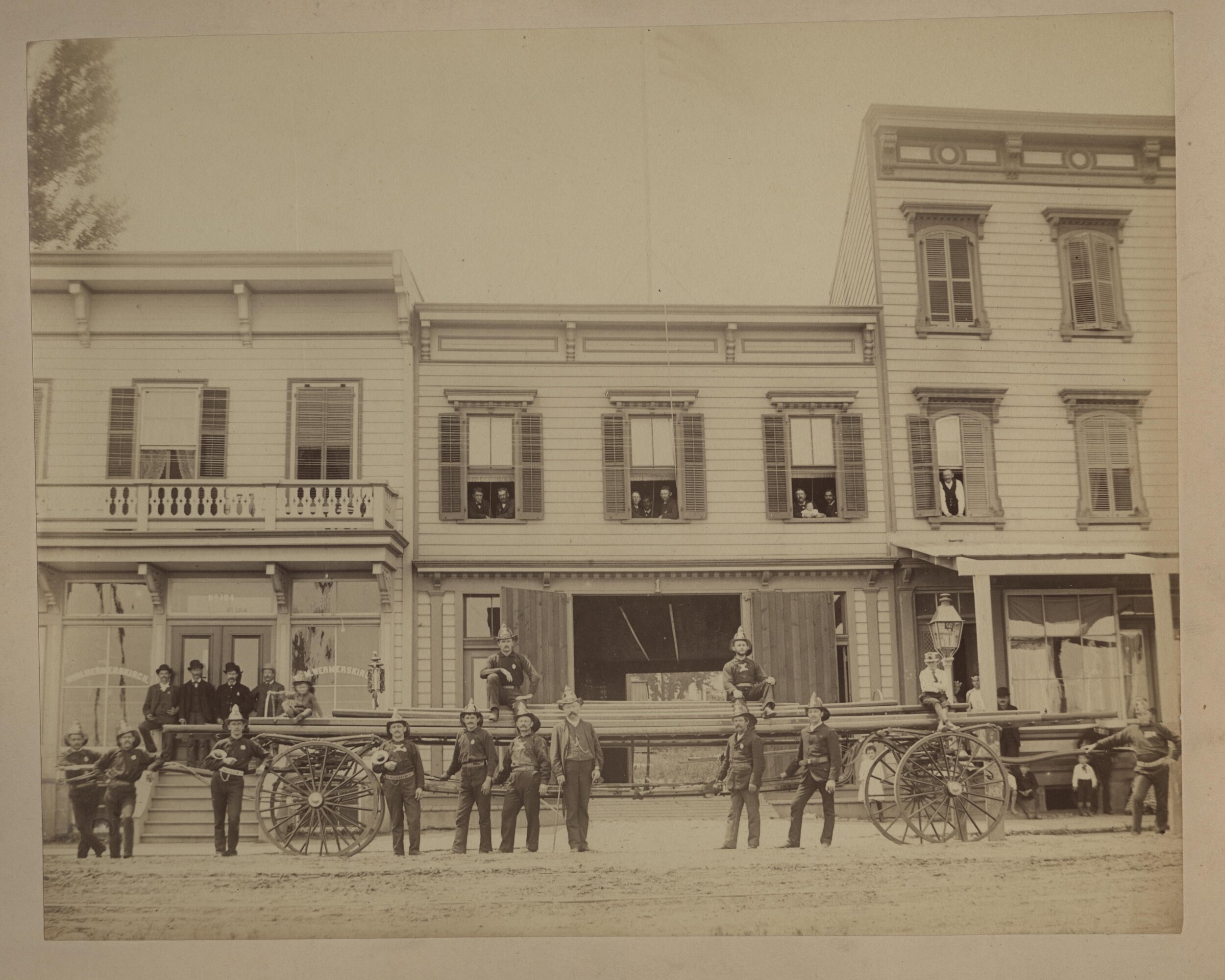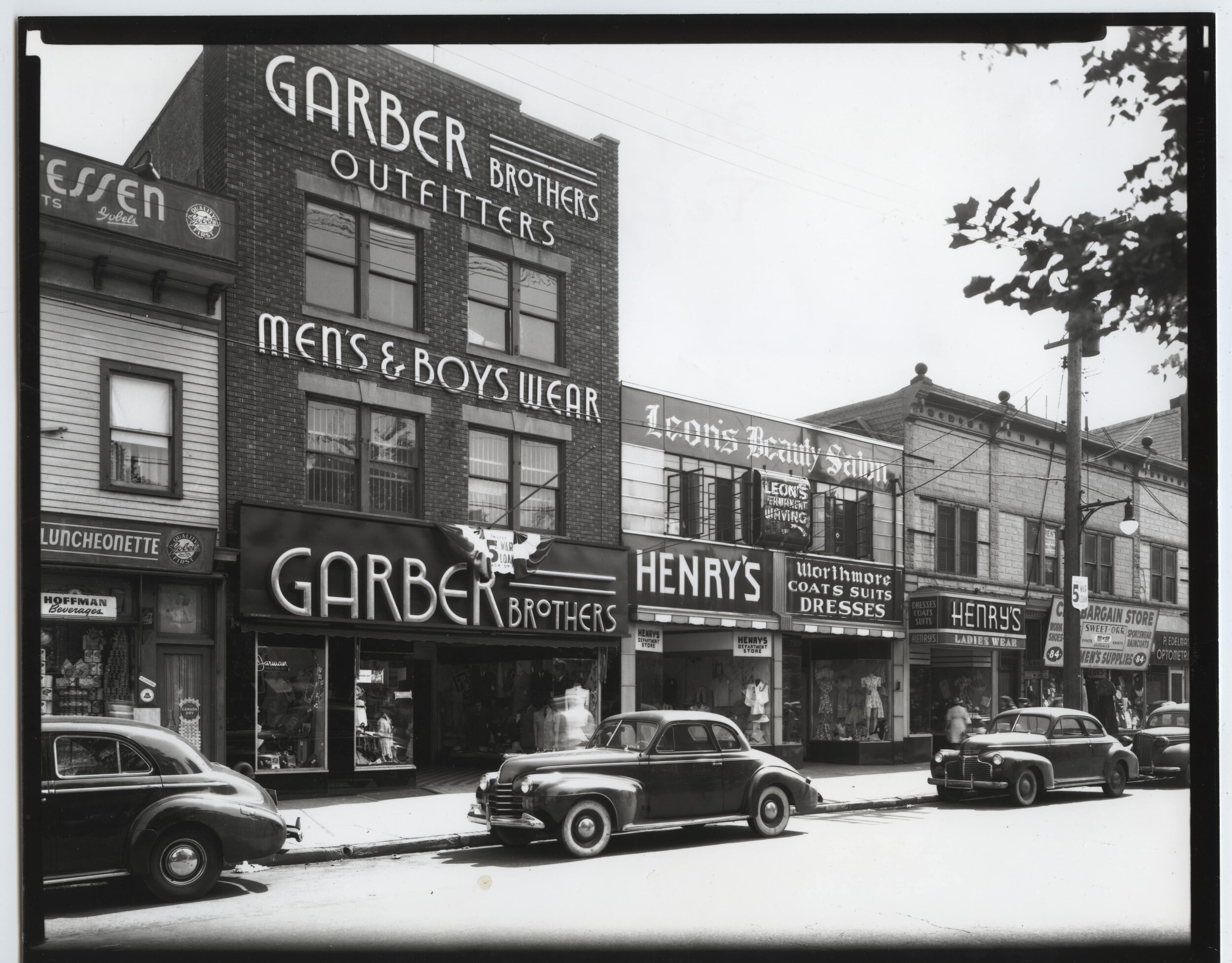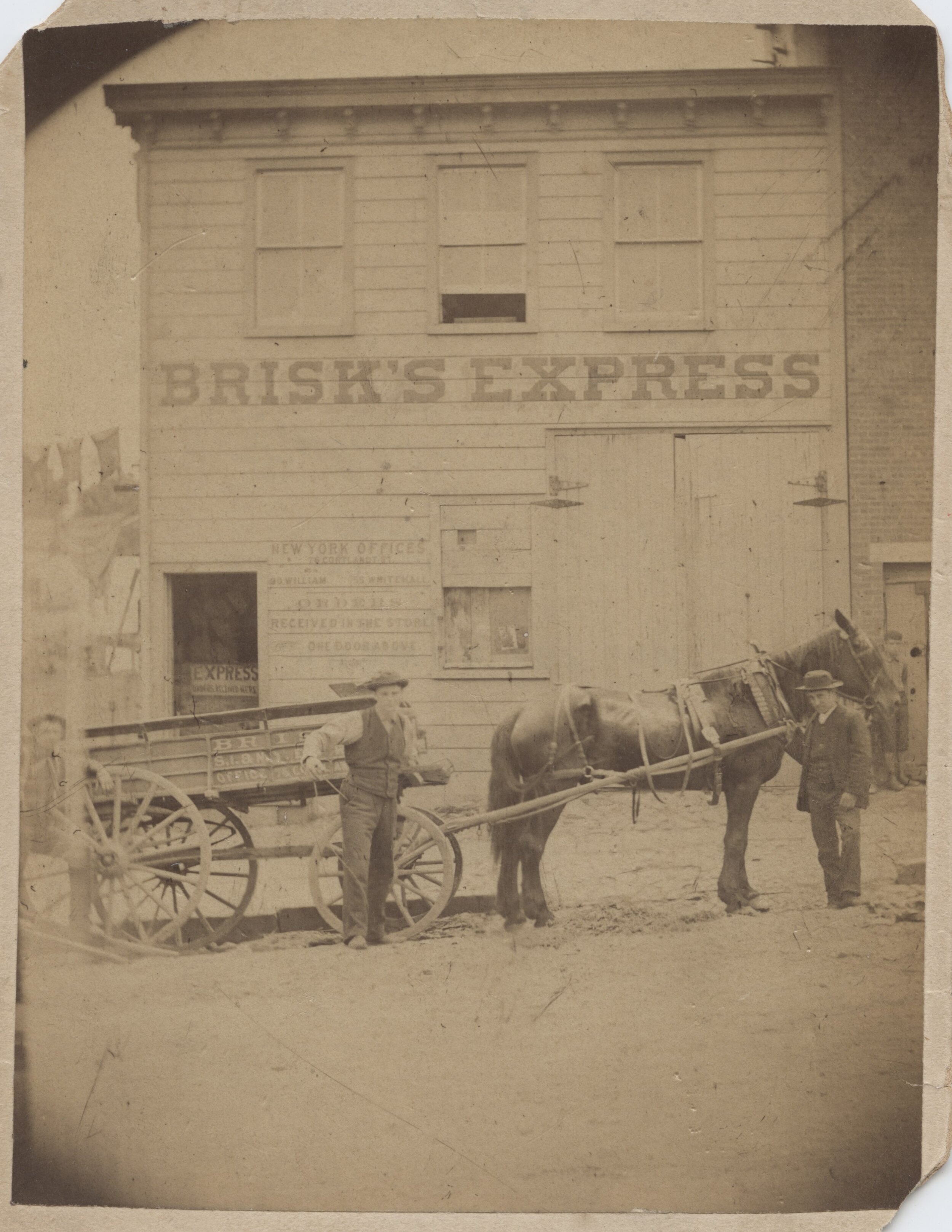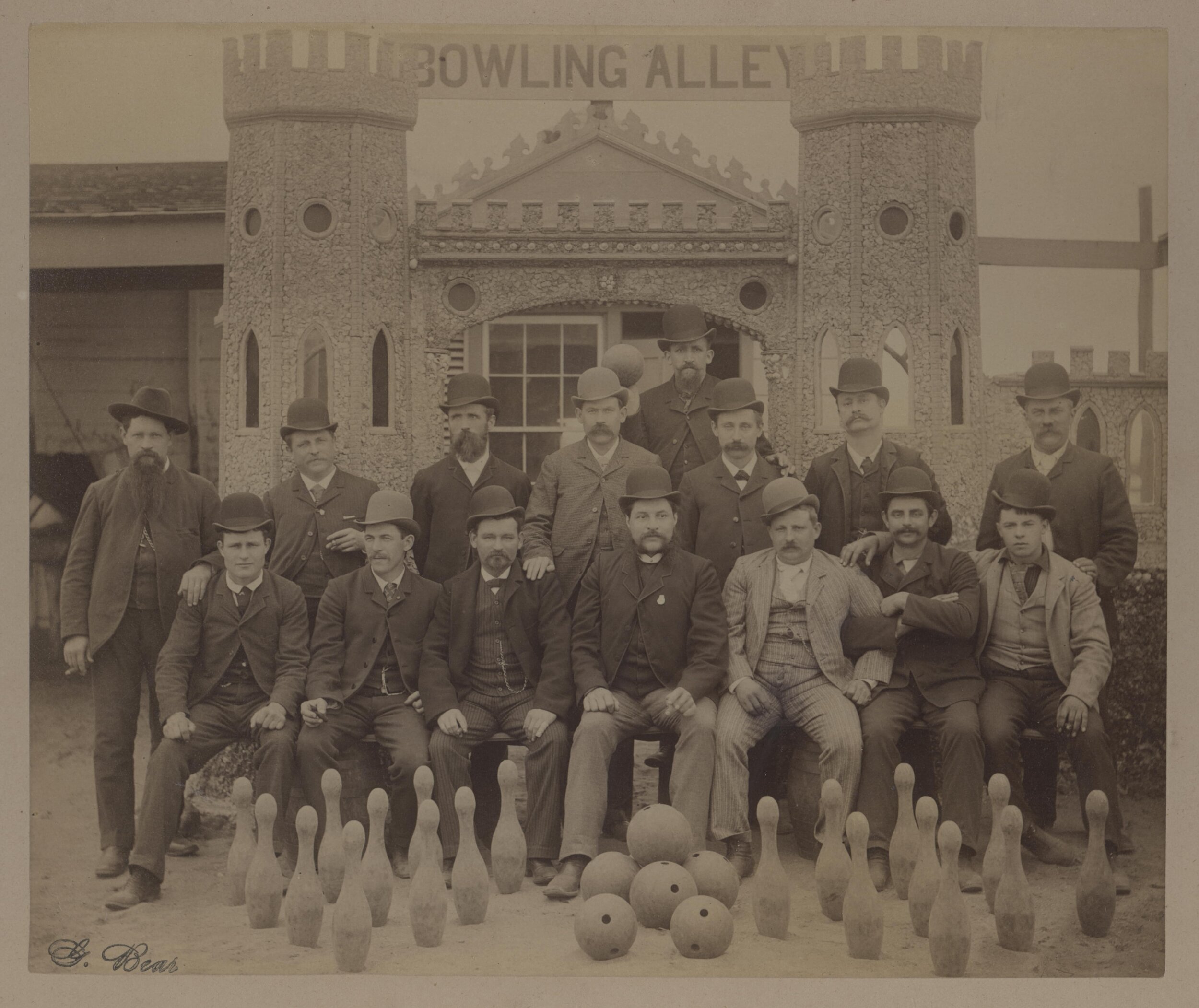Slideshows
Celebrating Jewish Heritage: Photographs by Isaac Almstaedt
Photographer Isaac Almstaedt (1851-1921) captured the beauty of the world around him. A native of Staten Island, Almstaedt turned his artistic eye to the Island’s picturesque surroundings, creating hundreds of memorable landscape photographs. His artistic abilities were equally evident in his portrait photography, and individuals as well known as Cornelius Vanderbilt and Buffalo Bill Cody posed for his camera. From 1886 to 1915, Almstaedt was the official photographer of the Staten Island Cricket and Baseball Club. In his later years, he also created artistic wooden sculptures in his studio in Tompkinsville.
This slideshow highlights the work of this talented artist. Let his photographs take you back in time to another era on Staten Island!
A Day at the Beach
As we continue to hope and plan and look ahead to warm summer days on the beach, take a look at some fashionable beachwear from the past!
Wild and Wonderful Staten Island
Staten Island is home to some of the oldest architecture in the city of New York. It also happens to be the most rural of all five boroughs. Historic Richmond Town’s 100 acre site is home to both stunningly preserved and restored historic architecture, as well as hundreds of examples of natural beauty. Much of the flora and fauna present at the historic village is unique and native to New York. Take a stroll through the expansive site this spring and don’t forget to bring a sketchbook! See how many plants, trees and animals you can find and identify!
The Quarantine Fire of 1858
While the word “quarantine” is on everyone’s mind today, it’s interesting to look back at a famous quarantine incident that took place on Staten Island many years ago.
In 1799, Tompkinsville, Staten Island, became the site of a quarantine hospital for arriving immigrants who were ill with cholera, smallpox, and other contagious diseases. The diseases spread to Staten Island residents, and many called for the quarantine to be closed. Frustrated by the lack of government action, residents finally took matters into their own hands.
On the night of September 1, 1858, a mob of local residents stormed the quarantine, and, after evacuating the patients, set fire to several of the buildings. Having found no opposition on the first night, they returned on September 2nd and burned the remaining buildings.
A Visit to Stapleton
Among the thousands of photographs in Historic Richmond Town’s collection are some amazing views of Stapleton, a neighborhood in the northeastern part of Staten Island. In the early 1800s, when the area was farmland, it was the childhood home of shipping and railroad magnate Cornelius Vanderbilt.
By the mid-1800s, it was a thriving residential and commercial neighborhood, home to a large population of German-born immigrants who shared their cultural traditions with other Staten Islanders. The neighborhood was also home to several notable lager beer breweries which gained national and even international reputations.



